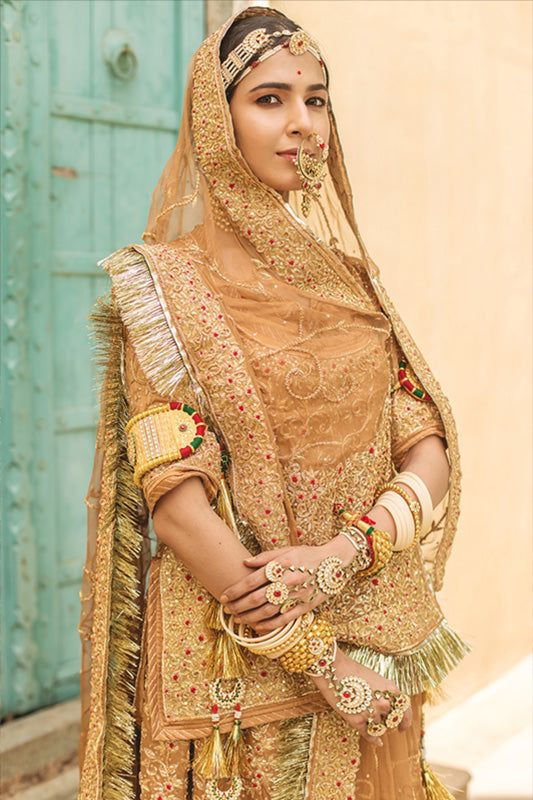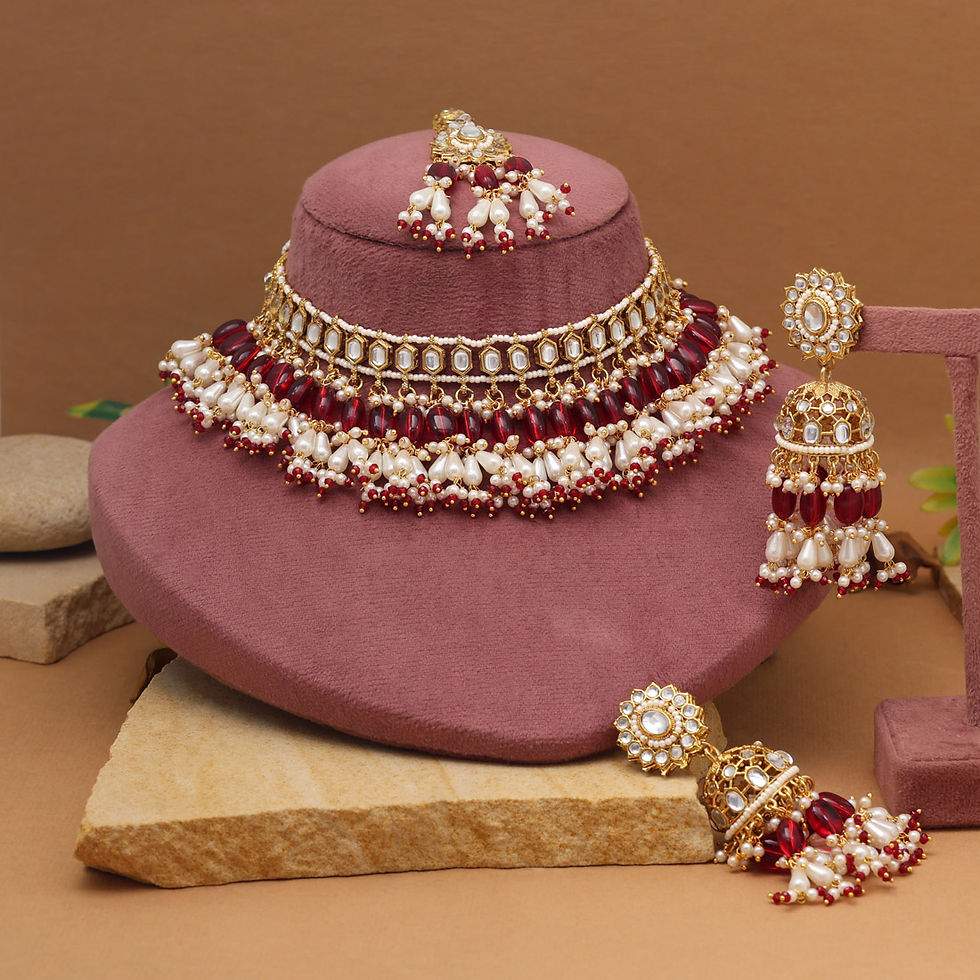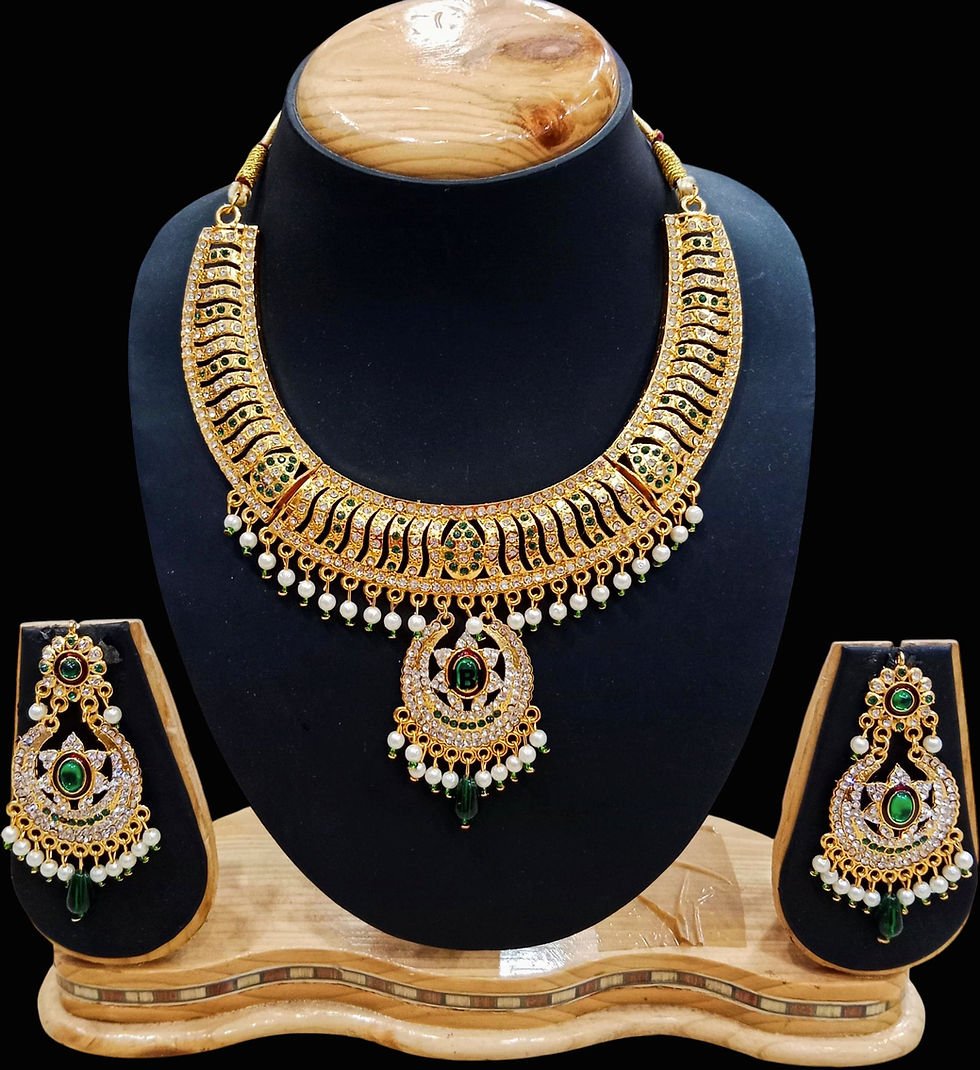Rajasthani Culture and the Royal Legacy of Rajputi Heritage: Where Ancient Traditions Meet Contemporary India
- Vaibhav Verma
- Jul 8
- 5 min read
Rajasthan, the splendid "Land of Kings," serves as India's cultural crown jewel, where each grain of desert sand echoes stories of royal splendor and steadfast bravery. Central to this vibrant mosaic is the esteemed Rajputi culture, whose profound impact has not only shaped Rajasthan's identity but also continues to influence modern India's cultural landscape.
The connection between Rajasthani culture and Rajputi heritage signifies more than just historical importance—it represents a living legacy that connects ancient traditions with modern sophistication. This cultural harmony has established a lasting foundation that underpins everything from tourism and economic growth to artistic expression and social values.

The Historical Foundations of Rajasthani Cultural Excellence
Rajasthan's cultural narrative begins with the Indus Valley Civilization, dating back over 5,000 years, making it one of the longest continuously settled regions in the world. However, it was the rise of the Rajput clans around the 7th century that truly defined the state's cultural character.
The Rajputs, whose very name derives from the Sanskrit "Rajaputra" meaning "son of a king," established a formidable presence that lasted from the 7th to the 19th centuries.

These warrior-kings brought with them skilled craftsmen, architectural innovations, and a sophisticated court culture that became the foundation of Rajasthani artistic expression. Royal patronage of arts and culture during the Rajput era created an environment where artisans could develop their skills to unprecedented levels. The courts of Jaipur, Jodhpur, Udaipur, and Jaisalmer became centers of cultural refinement, fostering everything from miniature painting and jewelry-making to music and dance.
Rajputi Culture: The Royal DNA of Rajasthani Society
The Rajputi cultural ethos forms the backbone of Rajasthani society, emphasizing values that continue to influence modern life. The warrior code of honor, known as the Rajput code of chivalry, established principles of valor, dignity, and hospitality that remain central to Rajasthani identity today.

Traditional Rajputi values include an unwavering commitment to protecting family honor, showing respect to guests through the principle of "Atithi Devo Bhava" (the guest is God), and maintaining cultural traditions across generations. These values have created a society that successfully balances respect for tradition with adaptation to modern realities.
The ceremonial aspects of Rajputi culture continue to play vital roles in contemporary celebrations.
Rajput weddings, with their elaborate rituals lasting up to a week, showcase the community's commitment to preserving ancestral customs while incorporating modern elements. The exchange of traditional jewelry, particularly elaborate sets given by the groom's family to the bride, demonstrates how material culture serves to strengthen social bonds
The Living Heritage: Modern Relevance of Ancient Traditions
Rajasthani culture today showcases exceptional adaptability while preserving authenticity. The state has adeptly turned its cultural heritage into economic opportunities, with the tourism industry making a significant contribution to the economy through cultural tourism.
Modern applications of traditional arts include the revival of ancient jewelry-making techniques for contemporary fashion. Kundan, Meenakari, and Polki jewelry—once the preserve of royalty—are now reimagined in modern designs that attract today's brides while respecting traditional craftsmanship.

The impact of Rajputi fashion reaches well beyond Rajasthan, with designers across India integrating traditional Rajasthani elements into modern clothing. The Rajputi Poshak, once solely royal attire, has transformed into a celebrated outfit for special occasions, weddings, and cultural events nationwide.
Digital preservation initiatives and cultural documentation efforts ensure that traditional knowledge is passed down to future generations. Artisan training programs and craft revival projects illustrate how traditional skills can offer sustainable livelihoods in today's economy.
Cultural Elements That Define Rajasthani Identity
Folk arts and performances are integral to Rajasthani cultural expression. The globally acclaimed dance styles of Ghoomar and Kalbeliya highlight the state's artistic heritage, while traditional music featuring instruments like the sarangi and dholak continues to captivate audiences worldwide.
Festival celebrations across Rajasthan illustrate the vibrant continuation of cultural traditions. Events such as the Pushkar Camel Fair, Desert Festival, and Gangaur festival draw visitors from around the world, reinforcing community ties and preserving traditional practices.
Architectural heritage acts as a living museum of Rajput civilization. The majestic forts, palaces, and havelis scattered throughout Rajasthan continue to inspire modern architects while offering insights into advanced construction techniques developed centuries ago.
Culinary traditions showcase the clever adaptation to desert conditions while maintaining royal elegance. Dishes like Dal Baati Churma and Laal Maas narrate stories of resourcefulness and sophistication that define Rajasthani culture.
Jewelry as Cultural Expression and Modern Statement
Rajputi jewelry traditions are among the most refined expressions of Rajasthani cultural heritage. These adornments served various purposes beyond mere decoration—they signified social status, regional identity, and family lineage while offering spiritual protection through gemstones chosen according to astrological principles.
Traditional jewelry types include the Aad (choker necklace), Bajuband (armlets), Borla (maang tikka), and Nath (nose ring), each with its own cultural significance. The detailed craftsmanship, involving techniques like Kundan setting, Meenakari enamel work, and Polki diamond placement, showcases centuries of artistic development.
Contemporary relevance of traditional jewelry has significantly increased, with modern brides across India seeking genuine Rajputi pieces for weddings and special events. The blend of traditional designs with modern styling has opened new market segments while maintaining cultural authenticity.
Investment value of authentic Rajputi jewelry continues to grow, making these pieces both cultural treasures and valuable assets. The revival of traditional craftsmanship has led to a renewed appreciation for handmade jewelry among discerning collectors.
Conclusion: The Enduring Legacy of Royal Heritage
From the medieval royal courts of Rajputana to the global cultural stage of today, Rajputi culture's influence reaches far beyond the borders of Rajasthan. The state's successful blend of cultural preservation with economic growth serves as a model for sustainable heritage management that other regions continue to study and emulate.
The enduring allure of Rajasthani culture—reflected in its exquisite jewelry, architectural wonders, performing arts, and social values—ensures that this royal legacy will inspire and enrich future generations. As modern India embraces its diverse cultural heritage, the noble traditions of Rajputana remain lasting symbols of artistic excellence, social values, and cultural continuity.
Whether through the sparkle of a meticulously crafted Kundan necklace, the graceful movements of a Ghoomar dancer, or the warm hospitality of a Rajasthani family, the essence of this remarkable culture continues to captivate hearts and minds worldwide, proving that true royalty lies not in titles or treasures, but in the preservation and celebration of cultural magnificence.
₹1099
"Rajsi Chandrika" Moon Motif Pearl Choker Set
Product Details goes here with the simple product description and more information can be seen by clicking the see more button. Product Details goes here with the simple product description and more information can be seen by clicking the see more button
₹1450
Antique Gold Rajputi Aad Set with Chandbali Earrings
Product Details goes here with the simple product description and more information can be seen by clicking the see more button. Product Details goes here with the simple product description and more information can be seen by clicking the see more button
₹2250
Antique Gold Rajputi Necklace Set with Pearl Drops
Product Details goes here with the simple product description and more information can be seen by clicking the see more button. Product Details goes here with the simple product description and more information can be seen by clicking the see more button












Comments